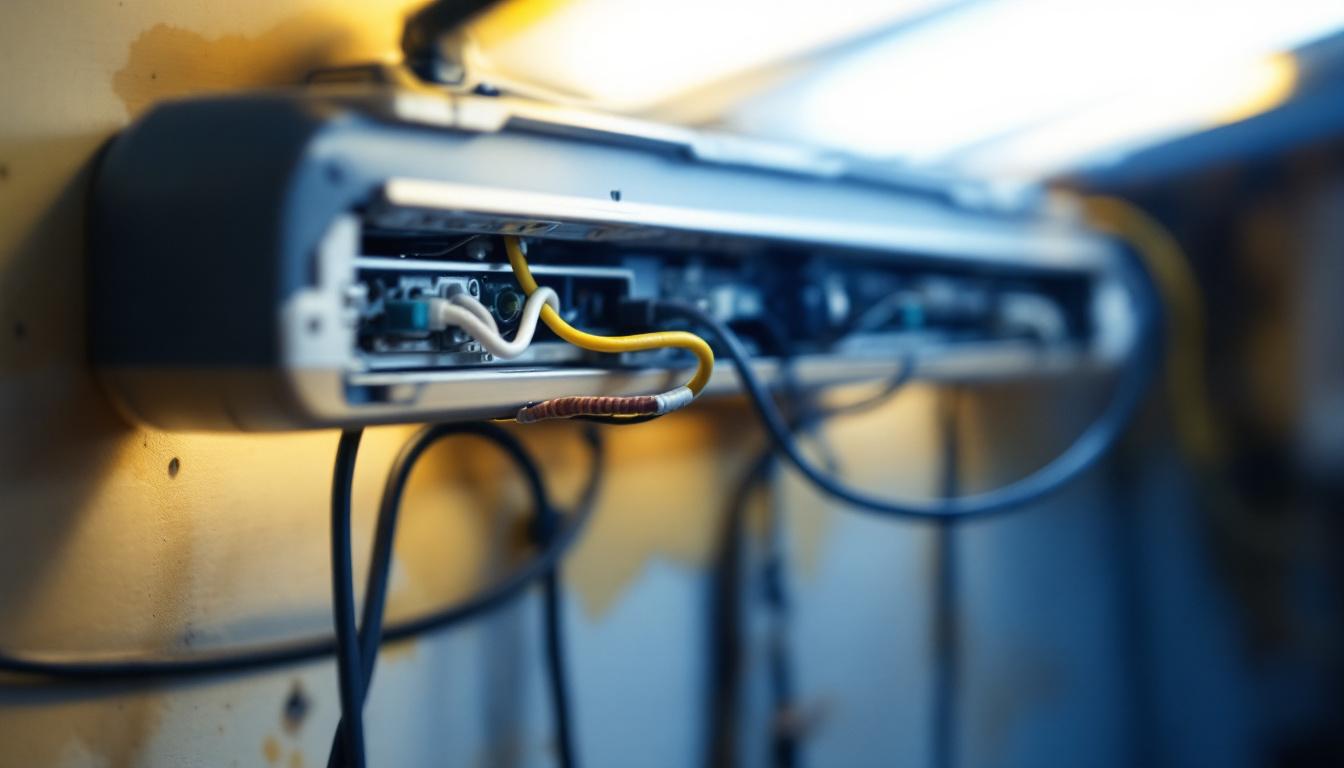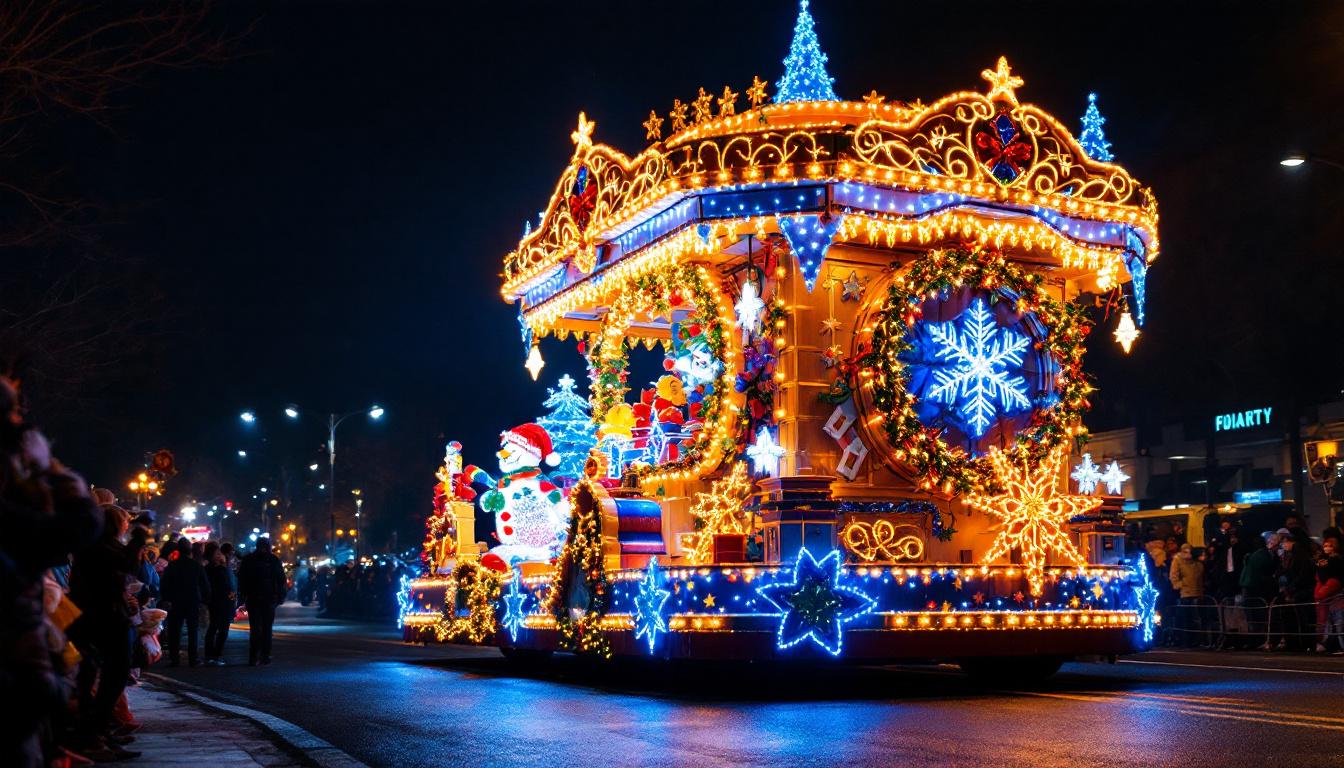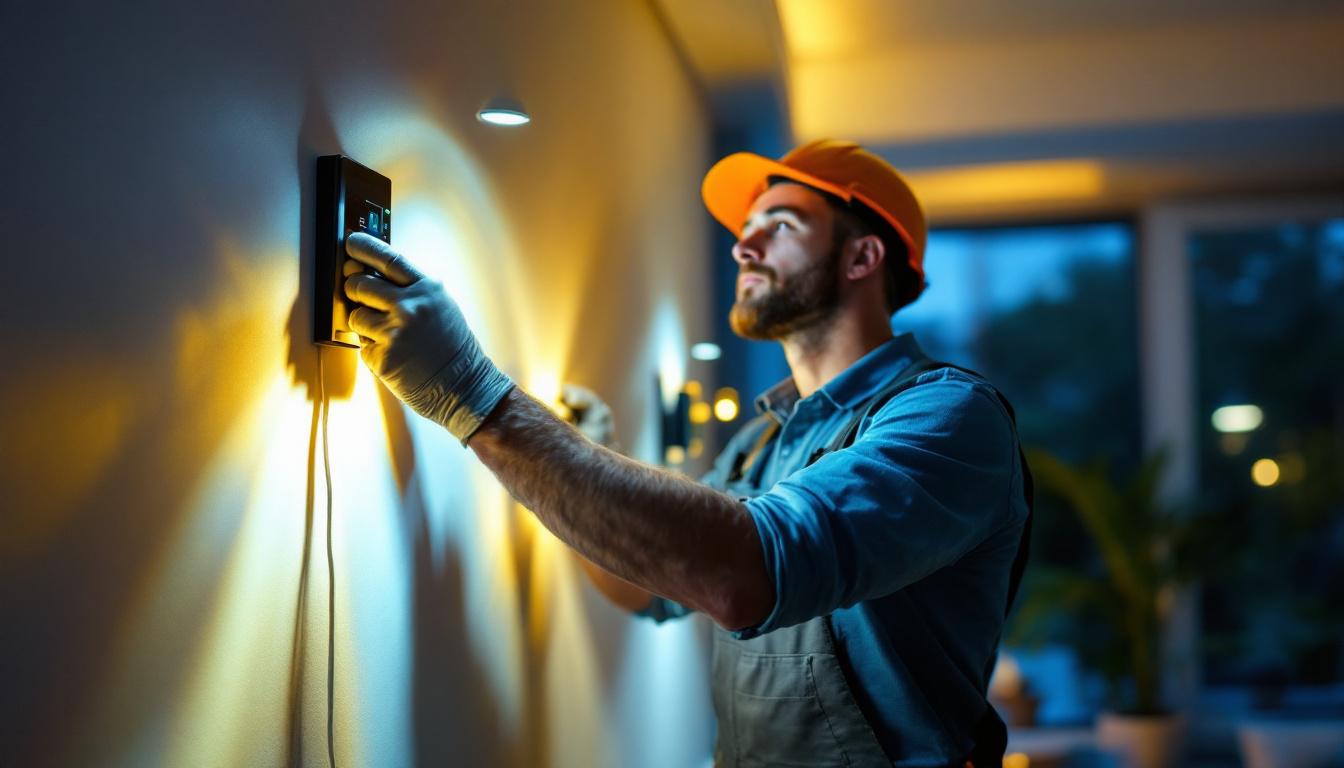
The world of lighting is intricate, with various components working together to create the perfect ambiance and functionality. Among these components, the ballast in fluorescent light fixtures often goes unnoticed, yet it plays a crucial role in the overall performance of the lighting system. Understanding what ballast is and its significance can make a substantial difference in lighting projects, particularly for contractors who aim to deliver quality installations.
At its core, a ballast is an electrical device that regulates the current to fluorescent lamps and provides the necessary voltage to start the lamps. Without a ballast, fluorescent lights would not function properly, leading to flickering or failure to illuminate altogether. The ballast serves as a vital intermediary between the electrical supply and the lamp itself, ensuring that the right amount of current is delivered for optimal performance.
There are two primary types of ballasts used in fluorescent lighting: magnetic and electronic. Each type has its own set of characteristics, advantages, and disadvantages that can impact the overall efficiency and functionality of the lighting system.
Magnetic ballasts are the traditional option, utilizing electromagnetic coils to regulate current. They are generally less expensive but can be bulkier and heavier. Additionally, they tend to produce more noise and may cause flickering in the lamps. On the other hand, electronic ballasts are more modern, offering better energy efficiency, reduced noise, and improved lamp performance. They also provide a more stable light output, which can enhance the quality of illumination in various settings.
The choice of ballast can significantly influence the overall lighting design. For instance, using an electronic ballast can lead to energy savings due to its higher efficiency. This can be particularly important in commercial settings where lighting costs can add up quickly. Furthermore, the right ballast can enhance the lifespan of fluorescent lamps, reducing maintenance costs and downtime.
In addition to efficiency and lifespan, the ballast’s compatibility with the chosen fluorescent lamps is essential. Different lamps may require specific types of ballasts, and mismatching them can lead to performance issues. Lighting contractors must ensure that they select the appropriate ballast for each project to achieve optimal results.
Moreover, the installation of ballasts can also impact the overall aesthetics of a space. For instance, in environments where lighting fixtures are visible, the size and shape of the ballast can affect the design and visual appeal of the lighting setup. Designers often consider the placement of ballasts to minimize their visibility while maximizing light output. Additionally, advancements in technology have led to the development of smaller, more compact ballasts that can be easily integrated into various lighting fixtures without compromising on performance.
Another important aspect to consider is the environmental impact of ballasts. As energy efficiency becomes a growing concern, the shift towards electronic ballasts not only promotes reduced energy consumption but also lessens the carbon footprint associated with lighting. Many electronic ballasts are designed to be more environmentally friendly, often containing fewer hazardous materials compared to their magnetic counterparts. This shift is crucial in promoting sustainable practices in both residential and commercial lighting designs.
Energy efficiency is a critical consideration in today’s lighting projects. As energy costs continue to rise and sustainability becomes a priority, the role of ballast in energy consumption cannot be overlooked. An efficient ballast can help reduce overall energy usage, contributing to both cost savings and environmental benefits.
Ballasts consume a portion of the electricity supplied to the lighting system. Magnetic ballasts, while functional, typically consume more energy compared to their electronic counterparts. This additional consumption can lead to higher operational costs over time, making it essential for contractors to consider energy-efficient options.
Electronic ballasts, on the other hand, are designed to minimize energy loss. They can adjust the current supplied to the lamp based on its needs, resulting in lower energy consumption. This adaptability not only enhances energy efficiency but also contributes to a more stable light output, which can improve the overall quality of the lighting environment. Furthermore, electronic ballasts often feature advanced technologies such as dimming capabilities, which allow for even greater energy savings by reducing light levels during periods of low occupancy or natural light availability.
Many regions have implemented regulatory standards aimed at promoting energy efficiency in lighting systems. These standards often encourage the use of electronic ballasts and may provide incentives for contractors who choose energy-efficient options. Understanding these regulations can help contractors make informed decisions that align with both client needs and compliance requirements. Additionally, staying updated on evolving standards can provide a competitive edge in the marketplace, as clients increasingly seek out sustainable solutions.
In addition to regulatory incentives, energy-efficient lighting solutions can qualify for rebates from utility companies. These rebates can significantly offset the initial costs of installation, making it more appealing for clients to invest in quality lighting systems that include efficient ballasts. Moreover, the long-term operational savings associated with reduced energy consumption can enhance the return on investment, making energy-efficient lighting not just an environmentally responsible choice, but also a financially sound one. As awareness of energy efficiency grows, more clients are likely to prioritize these features in their lighting projects, further driving demand for advanced ballast technologies.
Proper installation of ballasts is crucial for ensuring optimal performance and longevity of fluorescent lighting systems. Contractors must pay close attention to various factors during the installation process to avoid common pitfalls that can lead to issues down the line.
Before installation, it is essential to verify the compatibility of the ballast with the fluorescent lamps being used. Each lamp has specific voltage and wattage requirements, and the ballast must match these specifications to function correctly. Additionally, the physical size of the ballast should be considered, as it must fit within the confines of the fixture without causing obstruction or overheating.
Contractors should also be aware of the different wiring configurations that may be required for various ballast types. Understanding these configurations can help streamline the installation process and minimize the risk of errors that could lead to performance issues. For instance, some ballasts may require a series connection for multiple lamps, while others might need a parallel setup. Familiarity with these configurations not only aids in installation but also enhances the overall safety and efficiency of the lighting system.
After installation, testing the system is vital to ensure that everything is functioning as intended. This includes checking for flickering, inconsistent light output, and any unusual noises that may indicate a problem with the ballast. If issues arise, troubleshooting should focus on the ballast as a potential source of the problem.
Common troubleshooting steps include verifying the electrical connections, checking for compatibility with the lamps, and assessing the overall condition of the ballast. In some cases, replacing a faulty ballast can resolve issues quickly, restoring proper functionality to the lighting system. Additionally, it is beneficial to keep a log of any issues encountered during installation and testing, as this can provide valuable insights for future projects and help in identifying recurring problems that may require more in-depth investigation.
Moreover, regular maintenance checks after installation can significantly extend the lifespan of both the ballast and the fluorescent lamps. Scheduling periodic inspections allows contractors to catch potential issues early, such as signs of wear or electrical irregularities, before they escalate into more significant problems. This proactive approach not only enhances the reliability of the lighting system but also ensures compliance with safety standards and regulations, ultimately contributing to a more sustainable and efficient lighting solution.
Regular maintenance of ballasts is essential for ensuring the longevity and efficiency of fluorescent lighting systems. While ballasts are generally designed for durability, neglecting maintenance can lead to premature failures and increased operational costs.
Recognizing the signs of ballast failure is crucial for timely intervention. Common indicators include flickering lights, buzzing or humming noises, and inconsistent light output. If any of these symptoms are observed, it is advisable to inspect the ballast and consider replacement if necessary.
Additionally, contractors should be aware of the age of the ballast. Many ballasts have a lifespan of several years, but environmental factors such as heat and humidity can impact their longevity. Regular checks can help identify potential issues before they escalate into more significant problems.
To maintain the efficiency and functionality of ballasts, contractors should implement a regular maintenance schedule. This can include periodic inspections of the ballast and associated wiring, cleaning any dust or debris that may accumulate, and ensuring that all connections are secure.
Furthermore, staying informed about advancements in ballast technology can help contractors recommend upgrades to clients when appropriate. As newer, more efficient options become available, suggesting replacements can enhance the overall performance of the lighting system.
In summary, the ballast is a critical component in fluorescent light fixtures that should not be overlooked. Its role in regulating current, enhancing energy efficiency, and contributing to the overall performance of the lighting system is indispensable. For lighting contractors, understanding the nuances of ballast selection, installation, and maintenance can lead to more successful projects and satisfied clients.
As the lighting industry continues to evolve, staying informed about advancements in ballast technology and energy efficiency standards will be essential. By prioritizing the right ballast choices, contractors can ensure that their lighting projects not only meet client expectations but also contribute to a more sustainable future.
Ultimately, the ballast may be the missing piece in many lighting projects, but with the right knowledge and approach, it can become a cornerstone of effective and efficient lighting design.
Ready to enhance your lighting projects with the right ballast and more? At LumenWholesale, we provide lighting contractors with the high-quality, spec-grade lighting products you need at unbeatable wholesale prices. Say goodbye to local distributor markups and hello to superior lighting products that meet the highest industry standards. With our extensive selection, free shipping, and commitment to affordability and convenience, you’re set to bring energy efficiency and top performance to every project. Elevate your lighting designs today by visiting Wholesale Lighting at the Best Value and discover the LumenWholesale difference.

Discover how the Night Before Christmas Parade Float can reduce lighting contractors’ costs by up to 30%, boost efficiency, and enhance festive displays.

Discover the essential guide for lighting contractors on selecting the perfect bulbs for street lights.

Discover innovative strategies and clever hacks for smart lighting contractors in this insightful guide.

Discover why lighting contractors should prioritize barn fixtures in their projects.